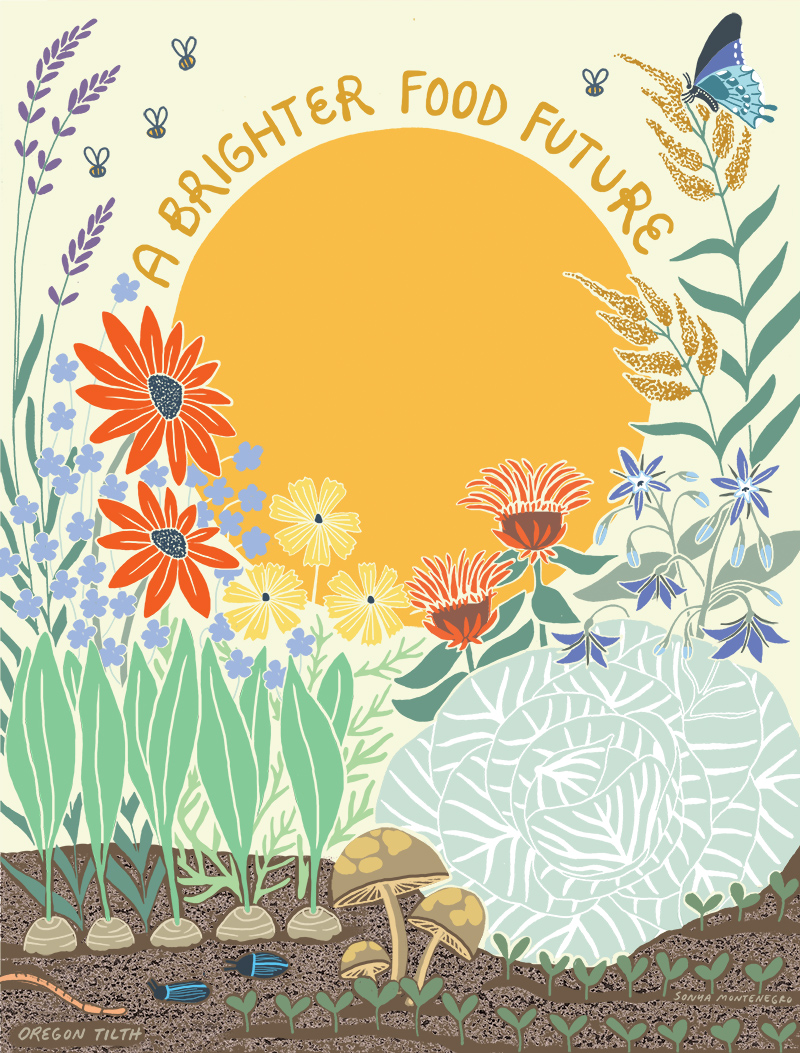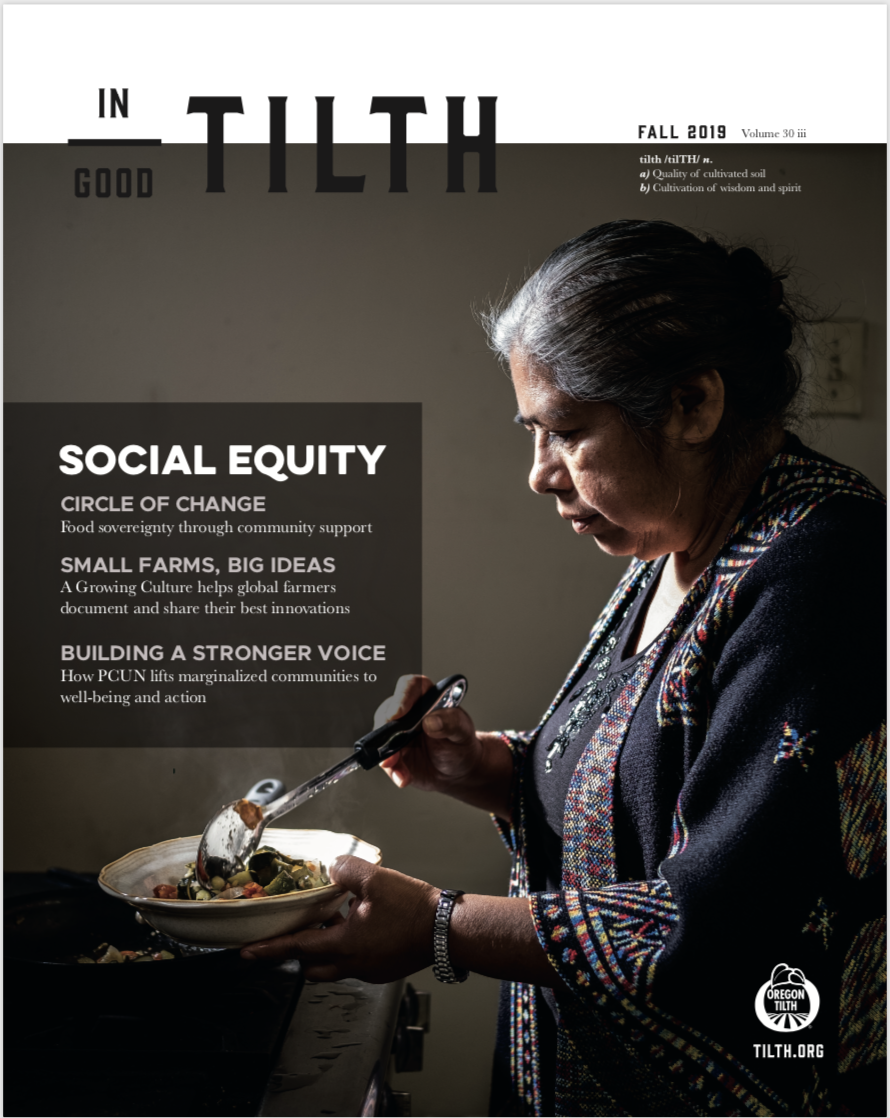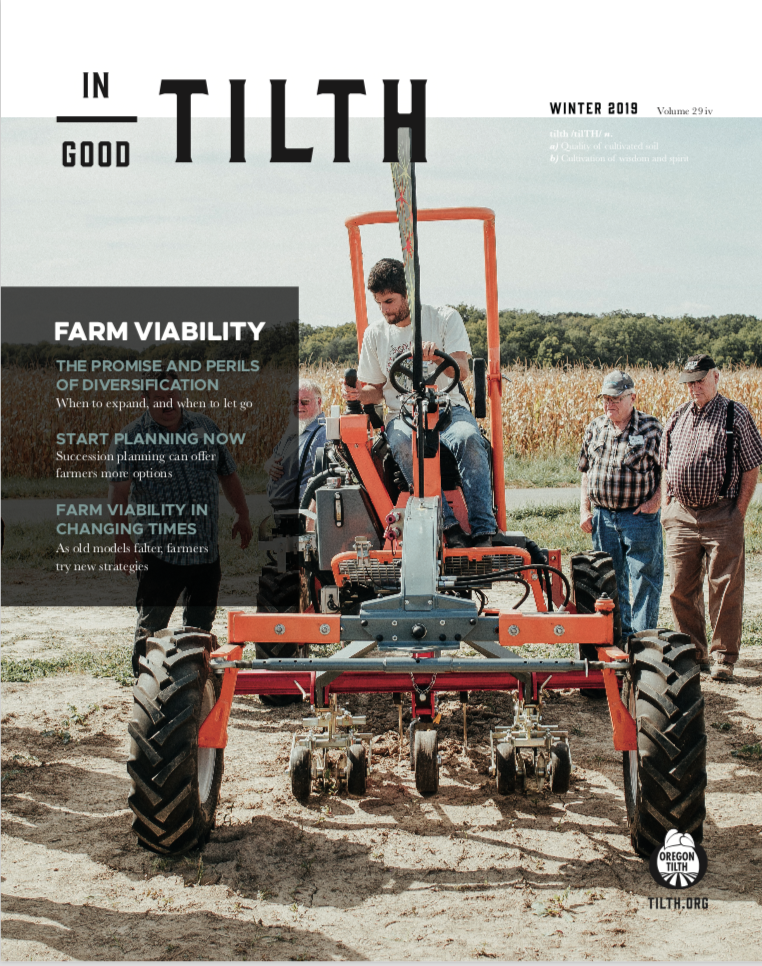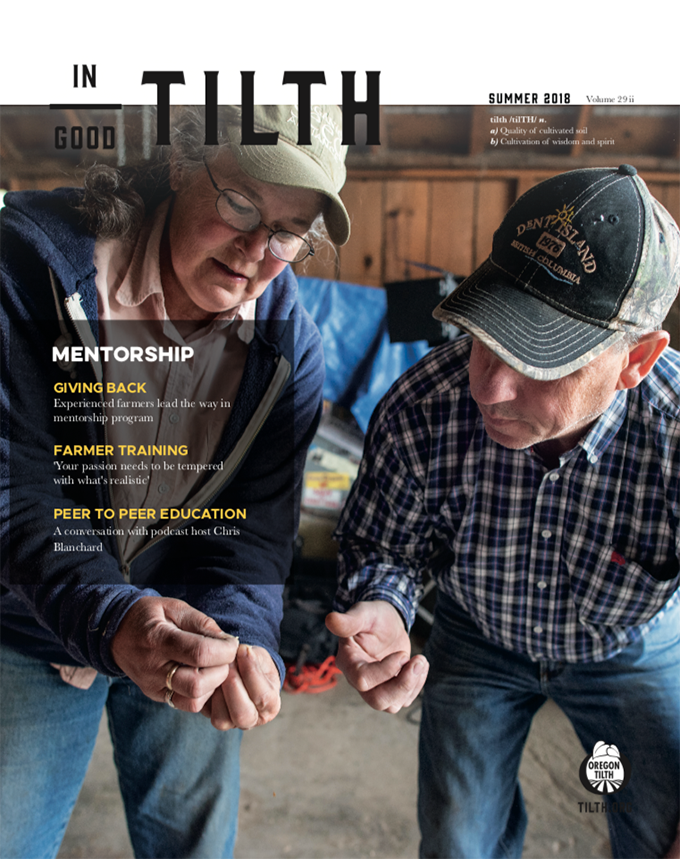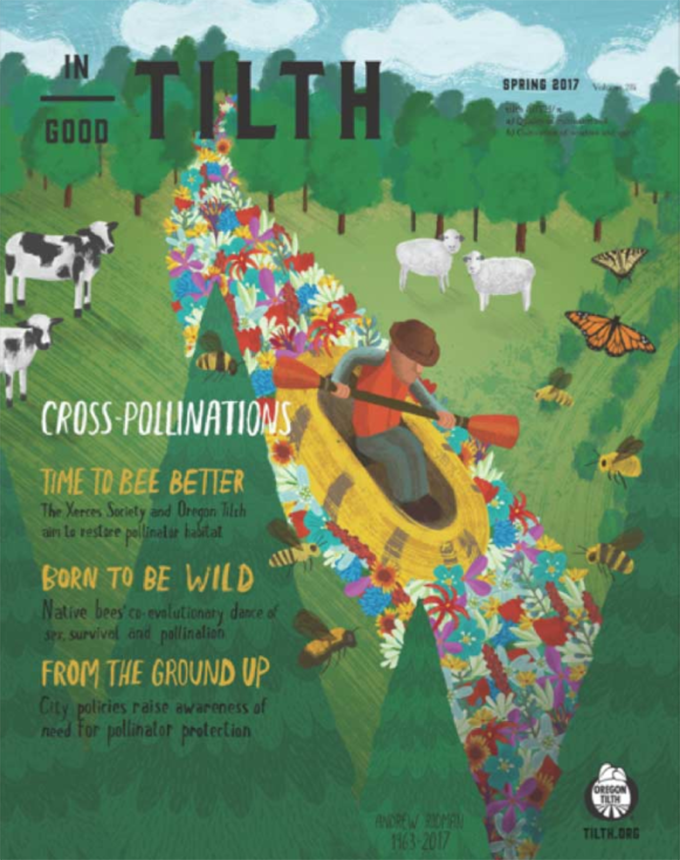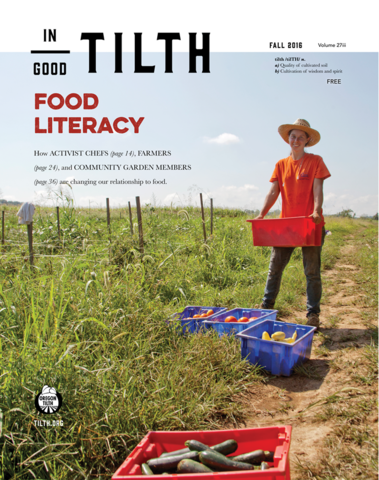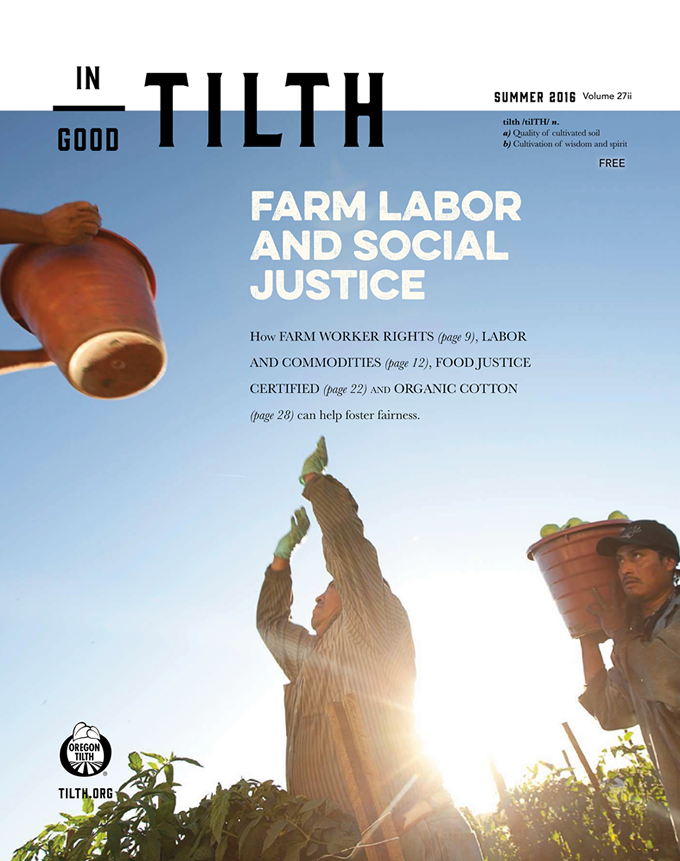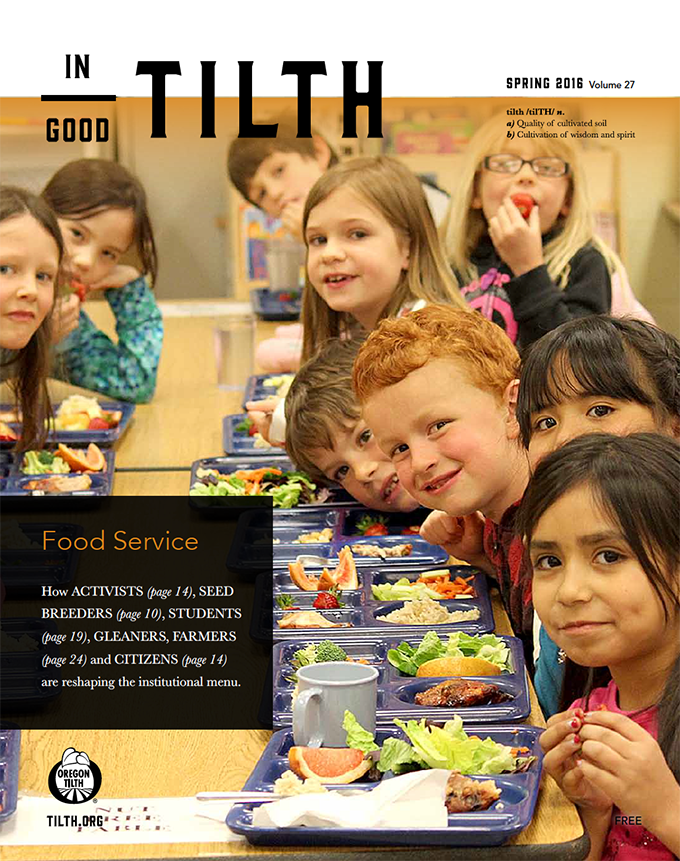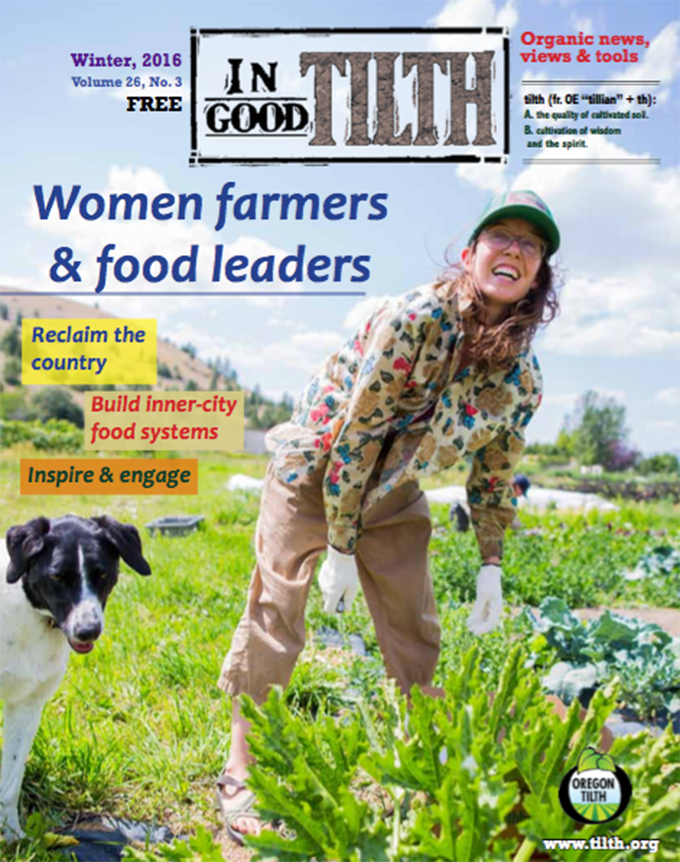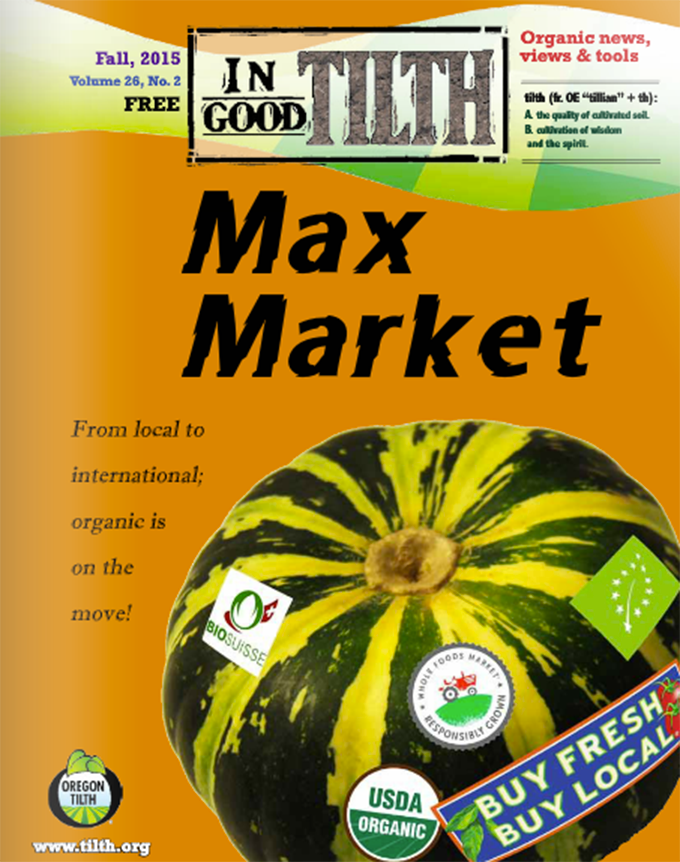When Larisa and Vasil Prozapas moved to Portland, Oregon from their native Ukraine in 2004, they had a tiny garden next to their apartment. It was enough space for a few tomatoes, but they missed their big property back home where they grew an abundance of food.
So when they saw their first community garden — Hazelwood, located in Holladay Park in northeast Portland — they were excited.
“We had a strong need for a garden plot,” Vasil says firmly. “We started asking around, and some friends of ours showed us the beets they had grown in their plot. When we saw the results, we wanted the same thing.”
With the help of a friend, and an interpreter available through Portland Parks and Recreation Community Gardens program, the Prozapases registered for a plot in the Lents neighborhood in outer southeast Portland.
Program staff conduct regular listening sessions with gardeners from the various ethnic and language groups involved in the gardens — Native American, Bhutanese and Somali gardeners; Spanish, Russian, and Karen-speakers — as part of a long-term strategic plan to diversify program participants and policies through an equity lens.
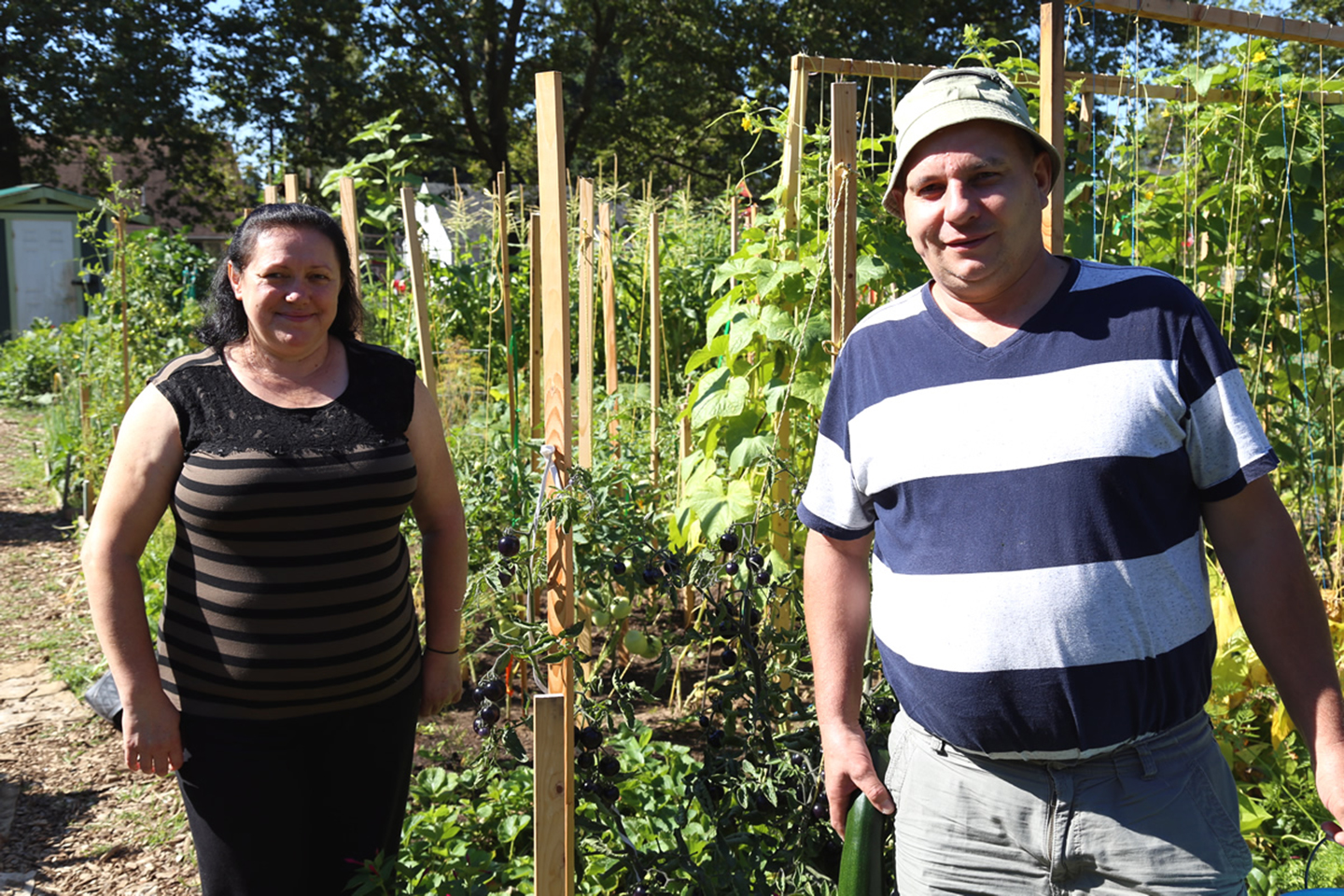
On a beautiful summer morning, an interpreter met me at Lents Community Garden to help interview the Prozapases for this story. As the volunteer garden manager for Lents, I would often see them at the garden first thing in the morning, weeding and watering their well-kept and prolific plot. Neatly trellised scarlet runner beans grew next to densely planted tomatoes, while alyssum marched down the center of the cucumber trellis to attract pollinators. Radishes, carrots and sorrel grew in vibrant stripes.
“We thank God every day for our garden,” Vasil says now, smiling. “People are nice — we share recipes and help each other. When we didn’t have cucumbers yet, another gardener offered some.”
We’ve been sitting under the shade of a huge fig tree at the garden, and as if to illustrate his point, a fig falls from the tree and lands smack on the table.
“Gift!” Larisa says in English, laughing.
It’s the culture of generosity, and an awareness of food’s connection to the larger rhythms of nature, that lies at the heart of the shared body of food wisdom known as kitchen literacy.
In her 2008 book of the same name, Ann Vileisis charts the gradual “drift toward indifference” that occurred in the United States as cities grew — a history of loss that neatly parallels the rise of industrialization. This loss of connection to our food has had devastating implications for the health of our ecosystem, from the soil to the way we nourish and exercise our bodies.
Yet alongside these parallel narratives, a third story emerges, one that began at almost the same time: the rise of the community-garden movement. As Americans moved from farm to city and away from a relationship with the land, many — particularly newly arrived immigrants — began to seek out urban plots on which to grow food together.
According to the American Community Garden Association (ACGA), the development of community gardens, and their impact on individuals and groups within a community, is a complex social process aimed at reclaiming public land and greening the commons. It’s a heritage we can claim as part of the national effort toward rebuilding kitchen literacy, shaping food policy and broadening access to fresh, organic produce.
“When we’re in the garden and there are different people from different places, they’re bringing with them historical plants, and ideas about food and sharing with each other,” says Sandy Pernitz, Advocacy Committee Chair for the ACGA. “So no, [kitchen literacy] is not lost. It’s the seed that’s there to flourish, and it just needs to be watered.”
When given the space to grow food, community members gain access to a host of benefits: fresh food, relationships, physical recreation and the ability to have a direct impact on their community and their environment.
Portland’s community-garden program makes these benefits widely accessible, currently comprising 51 gardens representing 2,200 garden plots. With a growing waitlist, it’s also a program that continues to expand, indicating both the program’s success and the need for more space to grow food. In a 2015 survey, staff found that participants’ top three reasons for joining a community garden centered around issues of food security and access: the need to reduce money spent on food, a lack of garden space at home and a desire for better quality produce.
“I think community gardens are important because they create space for people to come together, learn from each other and work toward common goals,” says Kathy Dang, botanic specialist for Portland Community Gardens. “Each plot holder puts in time outside their plot to build community and steward public land.”
This is part of community gardens’ often unrecognized ability to get people engaged in civic discourse, not just around food policy but other aspects of public life that affect neighborhoods and communities.
“Community gardens are like a building block for governance and self-governance, which is something I don’t think we talk about a lot,” ACGA Advocacy Chair Sandy Pernitz says. “If people participate in the larger civic discourse, I think it would have to inevitably affect the food system.”
Pernitz tells the story of one woman in Seattle’s P-Patch community-garden program, who initially became involved simply to grow food. Then, she started engaging with the community, created a “giving garden,” where she grew produce for food banks, and then recruited local high school students to grow vegetable starts for the giving garden as part of their coursework. With other gardeners, she began holding weekly work parties and potlucks to which neighbors were invited, sharing food and conversation.
This is one example of a pattern repeated in programs across the country. In Portland, gardeners throughout the city share the harvest with food pantries and partner agencies through the Produce for People Program. Dang reports that last season, gardeners donated over 42,000 pounds of produce to more than 24 different food pantries — a significant input for food banks that often lack fresh produce.
Through their impact on food banks, community gardens allow an even wider segment of the community to have access to sustainably grown, fresh produce — and connect to the unfolding story of our collective reclamation of kitchen wisdom.

